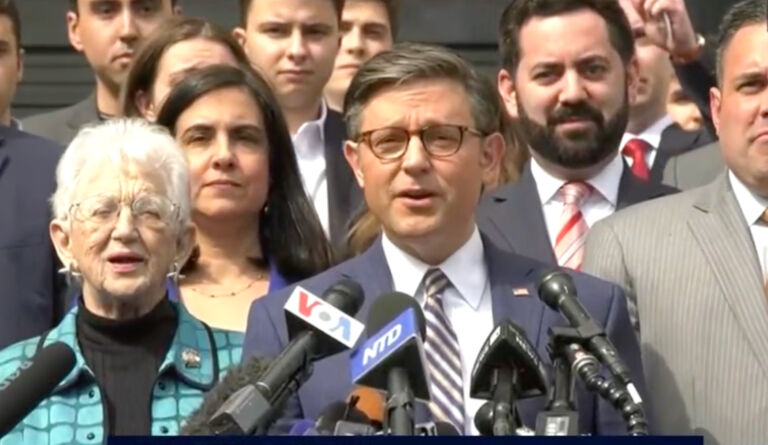This weekly newsletter, focused on environmental issues, highlights relevant analysis done by the John Locke Foundation and other think tanks, as well as items in the news.
1. Localities in Great Britain reject wind power plants as visual blight
According to this article in London’s Daily Mail, more and more local communities in the UK are rejecting wind power plants as these giant structures begin to cover local countrysides. According to the article, applications for new wind power plants are being turned down at a rate of nearly 50 percent.
Quoted in the article is a frustrated wind-energy advocate who suggests that the people in the communities turning away these land-swallowing power plants are just too stupid to understand the big picture. According to Jacqueline Harris, partner in a pro-wind-energy law firm:
The feeling is that local authorities are too often prioritising local concerns [that is, placing them above hers]. … There is little willingness to consider the benefits of renewable energy generation in context. … Objections based around the visual impact of wind turbines are overriding the wider need to deliver energy security and mitigate the impact of climate change. … This applies even where the benefits of the development greatly outweigh the downsides to a small but vocal minority. … Even single turbines, which can generate enough electricity for a few thousand houses, are being rejected because of the visual impact on a handful of properties.
The article goes on to quote "a spokesman from Renewables UK," also convinced that these dumb locals just don’t know their own good, as saying,
Wind farms bring real economic benefits to local communities. … Every refused wind farm planning application is a missed opportunity to secure employment and business benefits at a local level, and further deliver on our energy security and climate change targets.
Of course, the targets he refers to are not "climate change targets" at all but Great Britain’s CO2 emission target, which ultimately will have zero measurable impact on climate change.
2. A wealth of information on climate change, all in video form and free
On June 30 and July 1 the Heartland Institute sponsored its 6th International Conference on Climate Change (ICCC6) in Washington. D.C. The conference featured dozens of climate scientists from all over the world presenting, in a sober and non-polemical way, the facts of climate change and its relation to greenhouse gas emissions.
The overall theme of this year’s conference was "restoring the scientific method." Heartland is making available completely free of charge the video from all of the conference’s panels and plenary sessions. I highly recommend watching all of them. They can be accessed here at the Heartland Institute’s web site.
3. Ozone Report
Each week during the summer ozone season this newsletter will report how many, if any, high-ozone days had been experienced throughout the state during the previous week, where they were experienced, and how many have been recorded during the entire season to date. While many environmental groups express concern about air quality, the John Locke Foundation is the only organization that keeps up-to-date track of the actual ozone data and reports it in an unfiltered manner on a regular basis.
The ozone season began on April 1 and ends October 31. All reported data are from the North Carolina Division of Air Quality, which is part of the state’s Department of Environment and Natural Resources.
During the period from July 4 through July 10 there were two reported high-ozone readings, which occurred on one day. Both occurred on Mecklenburg County monitors. So far this season there have been 73 readings on various North Carolina monitors that have exceeded federal standards of 0.75 parts per billion.
Click here for the Environmental Update archive.


